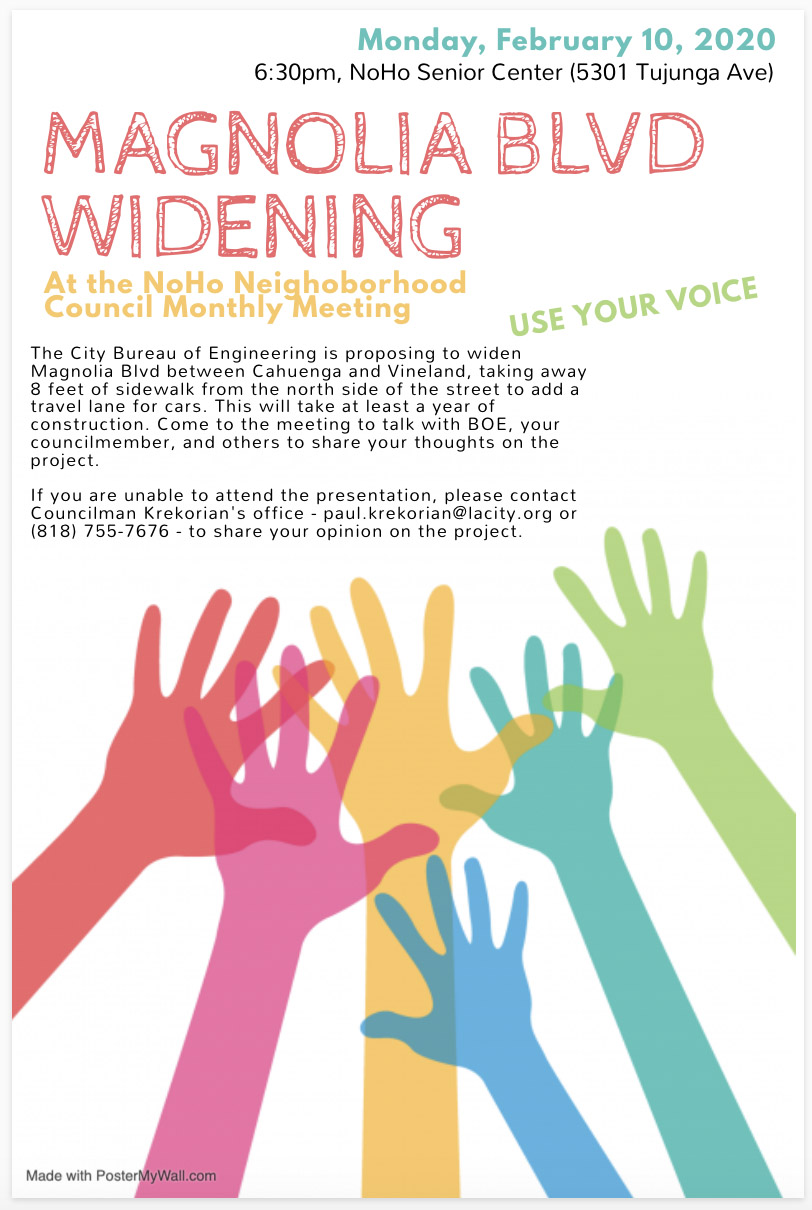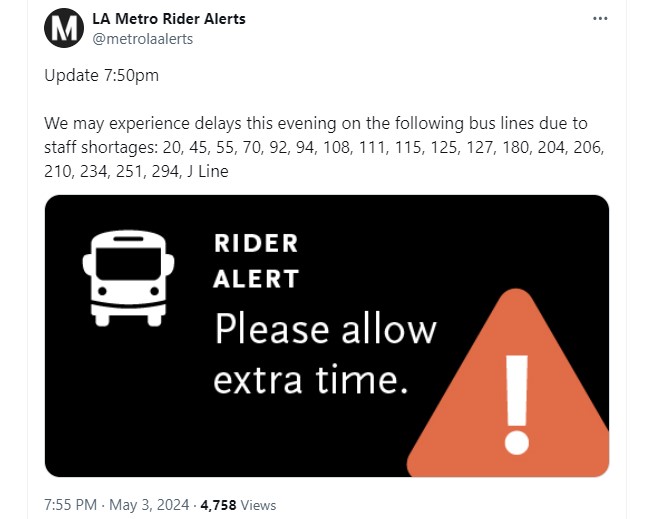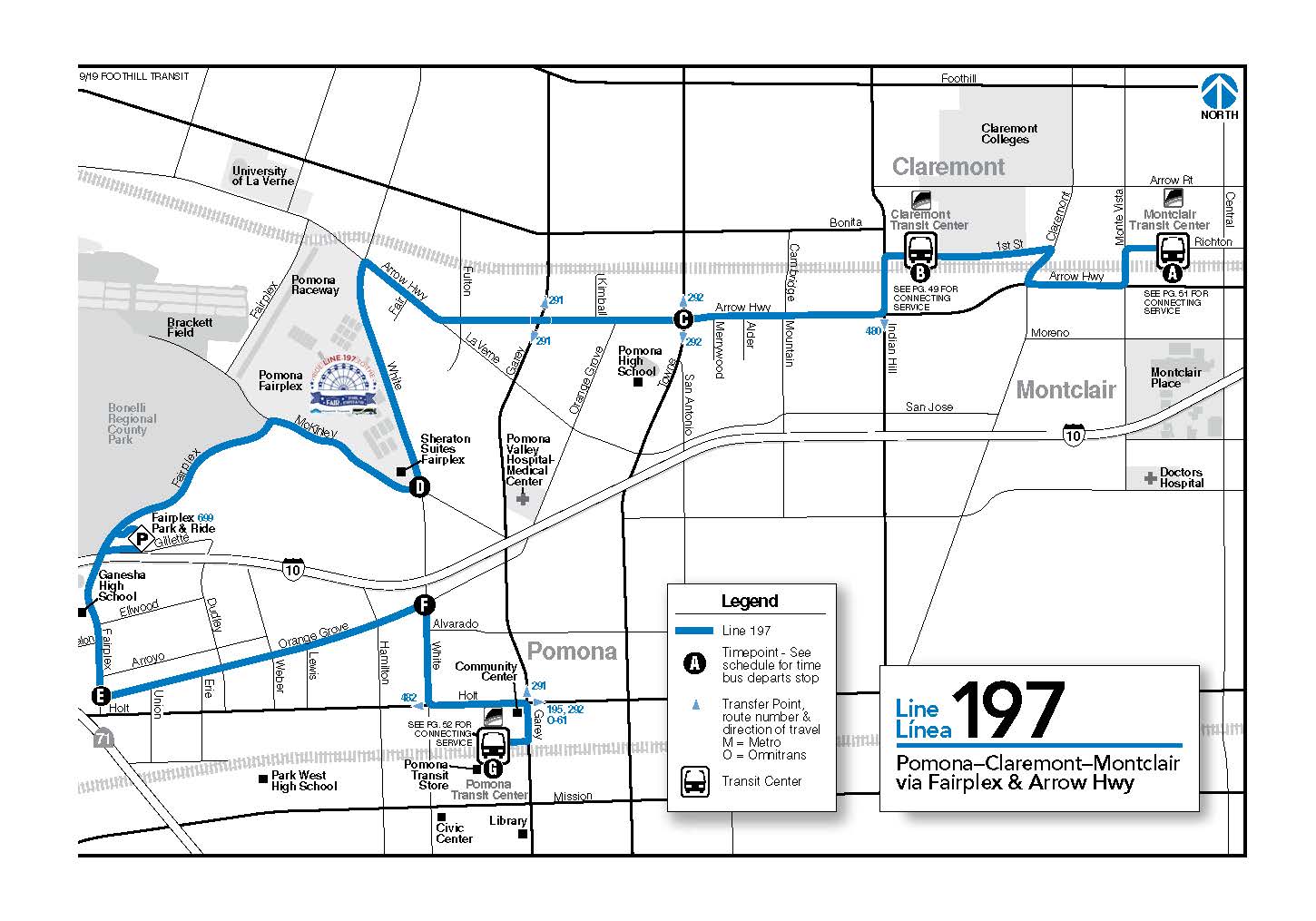L.A. Shouldn’t Make Magnolia Boulevard More Dangerous By Widening It
2:04 PM PST on February 10, 2020

Neighbors oppose widening Magnolia Boulevard – but will L.A. City Councilmember Paul Krekorian put an end to the dangerous and wasteful project?
There is a meeting tonight that could help curb L.A.'s hellbent penchant for widening streets. The city has plans to widen Magnolia Boulevard in North Hollywood. City staff are presenting their plans tonight; the neighborhood - led by the NoHo Neighborhood Council - has opposed the widening.
L.A. City's Magnolia Boulevard Widening project has been been around a while, plunging ahead for more than a decade, well before the city's approval of its Mobility Plan and Vision Zero policy - both approved by council, both largely ignored. The city has been widening Magnolia from the city's Burbank border (Clybourne Avenue) to about 4 miles westward at roughly half-mile increments. The south side was widened about eight years ago.
The city Bureau of Engineering (BOE) is now pushing to widen the north side of Magnolia between Cahuenga Boulevard to Vineland Avenue. This 0.5-mile $8.4 million chunk of the project includes "widening the northern half of the roadway by 7 feet to a width of 32 feet" and "narrowing the existing sidewalks on the northern side to vary between 7 and 8 feet wide." The funding is primarily ($5.46 million) federally funded, but includes $2.94 from flexible local Proposition C monies. That is a lot of money to spend to end up with less sidewalk.
In addition to speeding up traffic in a fairly walkable residential area, complete with senior housing, located a very walkable/bikeable half-mile from the North Hollywood Metro Station, this is the equivalent of aiming a loaded gun at the Valley's most pedestrian-friendly and transit-accessible area - the NoHo Arts District.
Widening makes streets more deadly and more hostile to pedestrians and cyclists. It is at odds with the aims of the aforementioned Mobility Plan and Vision Zero. There are many reasons that road widening is awful; it harms people, housing, the economy, the environment, and more. One sometimes overlooked reason to oppose it is that widening is costly. Elected officials tend to look just at substantial up-front capital costs - but there are also later maintenance costs, of which L.A. recently tallied a $3+ billion dollar backlog for failing pavement. The more L.A. widens its streets, the bigger the city's future maintenance budget balloons.
Numerous locals commented against widening via the city's Negative Declaration study, which is based on the discredited Level of Service metric, that California and Los Angeles no longer focus on. The city's Orwellian (and factually wrong) response included that, "The Vision Zero Action Plan has identified specific projects on high-priority corridors and at high-priority intersections to improve pedestrian and bicycle safety in the City, and the project would not conflict with those safety initiatives." Based on oppostion comments, the city did modify the project slightly: in addition to moving cars more rapidly, the project will now add two new flashing-light pedestrian crossings - at Cartwright Avenue and Satsuma Avenue. Faster speeds, plus longer crosswalks is, of course, a dangerous combination.
In January, the NoHo Neighborhood Council voted to oppose widening Magnolia. In a strongly-worded opposition letter, the council stated:
Throughout all the conversations we have had with BOE about the Magnolia Project, the focus has been on Vehicle Traffic (more appropriately, Automobile Traffic), and concerns from the neighborhood have been largely dismissed. The project is promoted as a way to ease congestion; however, research and real life experience suggests this will not be the case. Research shows that adding more lanes causes more traffic – this concept of Induced Demand suggests that for every 1% of lane capacity increase there will be a corresponding increase in automobile traffic. Another lane will add congestion to our community, not solve it.
The focus on automobile traffic also sacrifices safety for other road users. No consideration is made for cyclists or micro-mobility users, despite the existence of Metro Bike Stations near the route. In fact, personal experience of community members indicates that cyclists already ride (legally) on the sidewalks to avoid traffic on Magnolia Blvd. Taking that valuable sidewalk space away without creating space for cyclists to ride on the street will only increase the pressures in our community as pedestrians and cyclists are forced to compete for a narrower band of space.
All of this is completely counter to Vision Zero, which is official policy for ALL streets in the City of Los Angeles. We should be working toward making our roads safer. Instead, 2019 is likely to be one of the deadliest years on Los Angeles streets in decades. As of December 30, there were 236 confirmed fatalities from traffic violence on our city streets. In our community, though outside the NoHo NC boundaries, we saw a traffic guard killed while she was helping children cross the street by a school and just last weekend a Sheriff’s deputy was killed by a driver while helping a distressed person cross the street. Both these incidents took place on roads that were “two travel lanes in each direction with a center turn lane.” We don’t need to make Magnolia into the same street and invite this violence into our community.
NoHo is a community that is scaling itself around density and walkability. We acknowledge that there are legitimate safety issues along Magnolia Blvd in its current configuration; notably that cars will use the center turn lane as a travel lane to try to escape congestion. These car traffic concerns can be addressed through better enforcement by LAPD and by engineering changes that make the street safer, not faster.
At tonight's NoHo Neighborhood Council meeting, the BOE and the city Transportation Department (LADOT) will make a presentation and take input on the Magnolia widening. The meeting (agenda) starts at 6:30 p.m. at the North Hollywood Senior Center at the NoHo Rec Center, at 5301 Tujunga Avenue - a couple blocks west of the Metro North Hollywood Station.
Livability advocates are encouraging the public to attend and oppose the wrongheaded widening. One advocate demand is that, if the city will not just cancel the project outright, then the city should slow down and actually do a full Environmental Impact study, not just a limited (perfunctory cut-and-paste) Negative Declaration for the project.
The NoHo council is likely to continue to oppose the project, but the ultimate decision rests with L.A. City Councilmember Paul Krekorian.
Krekorian is a moderate democrat facing what is expected to be an easy re-election this year. The Magnolia widening debate will show whether he pays more attention to his constituents, or to traffic engineers reflexively hell-bent on perpetuating outdated mid-20th century "solutions" that degrade communities and kill people. Krekorian prides himself on being a fiscal hawk who roots out budget waste. If somehow saving lives is not enough, saving the city money both up front and in the long term should appeal to him.
Will Councilmember Krekorian listen to the concerns of his constituents and put an end to this dangerous and costly project? Show up tonight to make your voice heard.
Stay in touch
Sign up for our free newsletter
More from Streetsblog Los Angeles
This Week In Livable Streets
Bike Month continues, Metro 91 Freeway widening, Destination Crenshaw, Culver City Bus, Santa Monica MANGo, Metro bike lockers, Metro Sepulveda Transit, and more
San Fernando Valley Bus/Bike Updates: G Line, Roscoe Bus Lanes, Laurel Canyon Bike Lanes
Short newly protected bike lane on Laurel Canyon Blvd, extensive NSFV bus improvements under construction this month, and scaled-back G Line plans should get that project under construction this summer
No, L.A. City Does Not Always Add Required ADA Ramps During Resurfacing, But They Should
StreetsLA GM Keith Mozee "Any time we do street resurfacing, it is considered an alteration, which requires ADA ramps to be installed."




